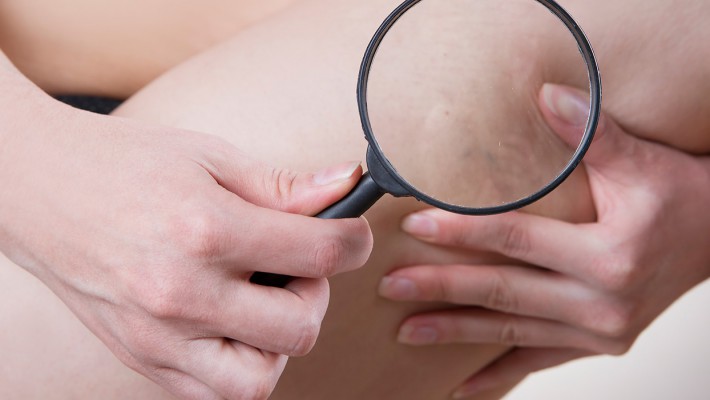
VEIN GLUE
The use of glue to seal off Varicose Veins has recently attracted a lot of publicity. The treatment is called VENASEAL and involves using the glue butylcyanoacrylate. The treatment is designed for the treatment of larger deeper veins and not for surface and spider veins. The glue is injected into a vein via a catheter that is inserted through the skin. Proper placement of the catheter using Ultrasound Guidance is essential to target the correct vein. Once injected the glue polymerises from a clear liquid into a solid material to close off the diseased vein.
Adhesive glues have been used in Medicine for many years. Primarily glues have been used on the outside of the skin to treat lacerations but glues have also been used by surgeons to treat certain vascular conditions such as Arteriovenous Malformations. The use of glues in the treatment of Varicose Veins is very new and FDA approval in the USA to use the VENASEAL procedure was only obtained in February 2015 after assessment of a trial on 108 patients.
The VENASEAL system is reported to result in less bruising and allow patients to return to normal activity quicker without requiring use of compression stockings compared to heat based catheter treatments (ie Endovenous Laser and Radiofrequency).
However, after VENASEAL, whilst recovery is almost immediate, adverse events generally associated with Ultrasound Guided treatments such as vein inflammation (phlebitis) and burning or tingling (paraesthesia) can still occur in the treated area. Also there can be a mild inflammatory dermatitis due to the cyanoacrylate which occurs after 10-14 days and some patients have reported developing a tight sensation under the skin that can last around 3-6 months.
Cyanoacrylate glues are not natural products and allergic (hypersensitivity) reactions to the product are possible although this appears to be quite rare. There are concerns as to what happens to the glue if it is inadvertently injected into deeper veins but initial reports are that the incidence of deep vein thrombosis after VENASEAL is very low.
The main issue to consider at this time before opting for the VENASEAL treatment is to consider the long term results of the VENASEAL procedure compared to more established Ultrasound Guided procedures. It needs to be appreciated that no Varicose Vein treatment can be regarded as permanent, in the sense that all procedures including the VENASEAL have recurrence rates, meaning further Varicose Veins can develop. As the VENASEAL is a new procedure not many patients are yet to have had the procedure and the long term results over many years has yet to be established.
Often a key part of the decision in advising on which Varicose Vein treatment option is best for a patient involves considering the cost effectiveness of each procedure. This essentially means weighing up how much a procedure is going to cost versus how long is the result of the treatment likely to last. Currently the VENASEAL treatment is just as expensive as more established Varicose Vein procedures but as a new procedure there is still some uncertainty as to whether the long term results are as good as Ultrasound Guided Laser or Radiofrequency.
VENASEAL is an exciting development and gives specialist Vein doctors another treatment option to use to best manage Varicose Vein disease. However VENASEAL is not a miracle treatment and whilst it has potential advantages for some patients more long term data is needed before we can be confident on the cost effectiveness of the Vein Glue procedure.

Leave a Reply